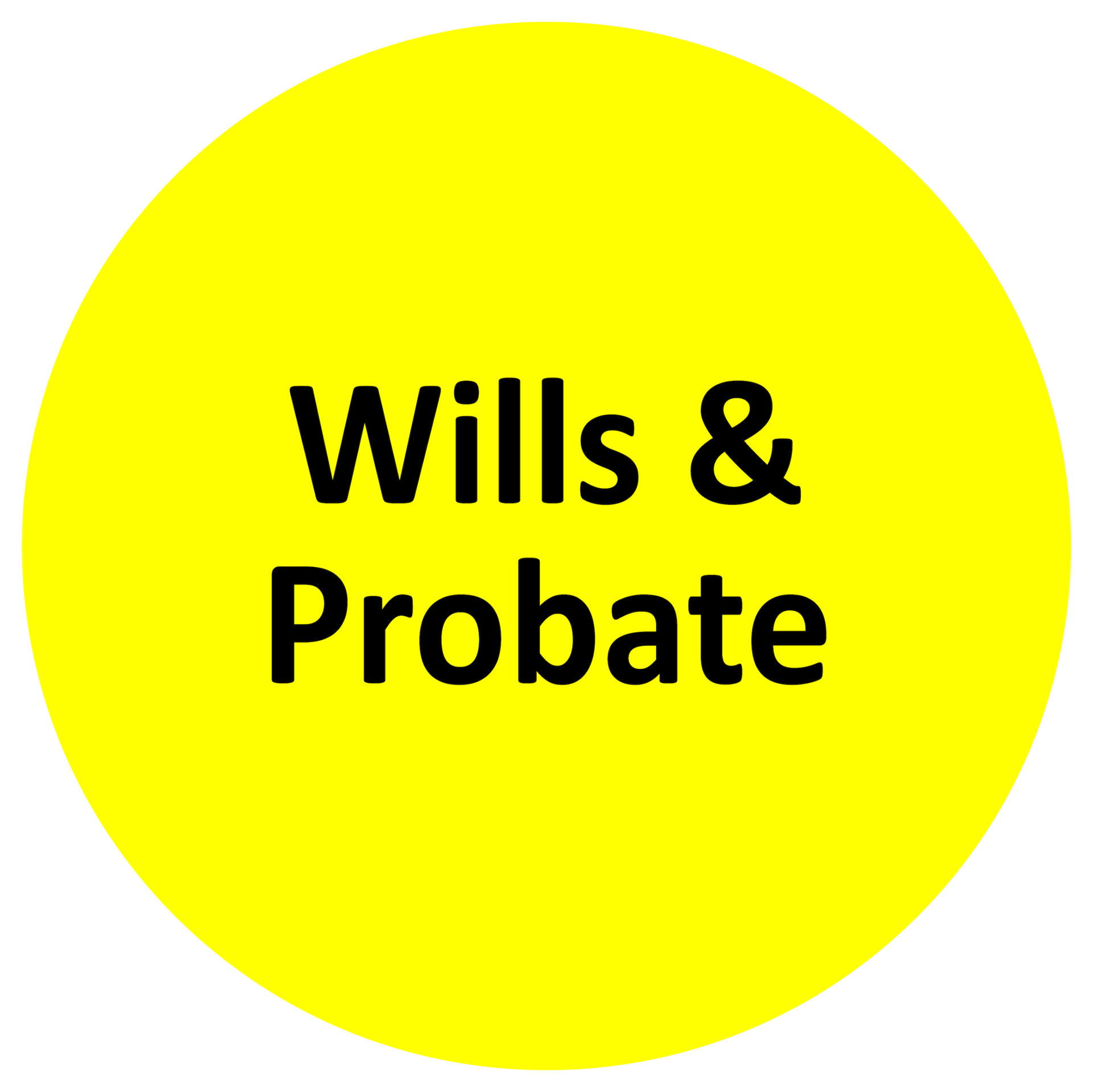MG Legal, Leading Conveyancing Solicitors. The team that put you first. Contact us to speak to a solicitor today: 01995 602129 or email at: enquiries@mglegal.co.uk
What is a TR1?
The TR1 is the legal document which the parties to the transfer are required to sign in order to effect the transaction, known as the transfer deed.
The deed has a number of different panels that you should ensure you understand before signing. The deed makes provision for the parties to the transfer, the agreed consideration, the property address and title number, together with any terms that are to be imposed as condition of the transaction, as a handful of examples.
The above highlights the importance of seeking legal advice on the transfer and, importantly, the deed itself, to ensure that you are aware of its meaning and importance.
This is because, upon execution, you will be creating a legally binding deed that would be enforceable in a court of law, therefore, should not be taken lightly.
Fixed-fee Conveyancing Solicitors:
MG Legal's leading coveyancing solicitors offer an unmatched service, and clear, fixed-fee rates.
Our team put your first, and work with care to ensure that your property matters go smoothly, with no hidden costs. Call us today so speak to a conveyancing solicitor: 01995 602129

Get in touch today to speak to a Conveyancing Solicitor.
Everything you need to know about the TR1 form:
Get in touch and talk to an expert property conveyancing solicitor today.
MG Legal's expert property solicitors are experienced in dealing with all aspects of residential and commercial property sales and purchases.
What is included in the TR1 form?
The TR1 is usually 1-2 pages long, and is broken down into 12 different sections. These are as follows:
1. Title numbers- this is the title number of the property, which is stated on the first page of the official copy of the register
2. Property details- this requires the address and postcode of the property
3. Date- do not fill in this section until the completion date has been set
4. The transferor/s- this section of the TR1 form is very important, and requires the details of those involved in the property transaction
5. The transferee- here, you should input the full names of those who are purchasing the property in the transaction
6. Address- if you are the transferee, you must input a full address for correspondence, including a postal address and full post code
7. This is a transfer statement for the TR1 that requires no action
8. Consideration- here, you must specify the amount that the property is being sold for, in the first box. If the property is instead being gifted, this should be stated in the second box.
9. Title Guarantees- in this section of the TR1, you must state whether the property in question is being transferred with full or limited title guarantee. A full title guarantee transaction means that the transferor in the process states there to be no financial charges on the property. This will be the case in the large majority of property transactions.
10. Declaration of trust- This section must contain a declaration of trust from all of the transferees involved in the property transaction.
11. Additional Provisions- any restricted covenants or particular agreements between those involved should be clearly stated in this section of the TR1.
12. Execution- The TR1 deed must now be signed, once read thoroughly, and will become legally binding. This must be done with an independent witness.
what is a tr1 form used for?
A TR1 must be completed when a house is being registered for the first time or is being transferred to another party. It is the legal document that transfers the legal ownership of the property with the Land Registry. If you are working with our leading conveyancing solicitors and need assistance with the TR1, do not hesitate to get in touch and your solicitor will be happy to explain and discuss the form.
What documents need to be sent with the TR1 form?
When the TR1 form is completed and sent off, you must also include:
A certificate of identity
AP1 or FR1 form
Stamp duty certificate
What must you and your conveyancing solicitor do before you use a TR1 Form?
1. Check whether the property in question has already been registered with the Land Registry
2. Check what is in the register and confirm the details
When you work with MG Legal's designated conveyancing solicitors, you can rest assured that all of the necessary steps and checks will be taken in the conveyancing process, and that nothing will be forgotten about or left until the last minute. To learn more about our team, and how we can help, see this here.
Contact Us Today:
Or give us a call on 01995 602129

Clear, fixed-fees

Fully-Qualified Conveyancing Solicitors

Tailored Service

Multiple Office Locations

Decades of Experience




